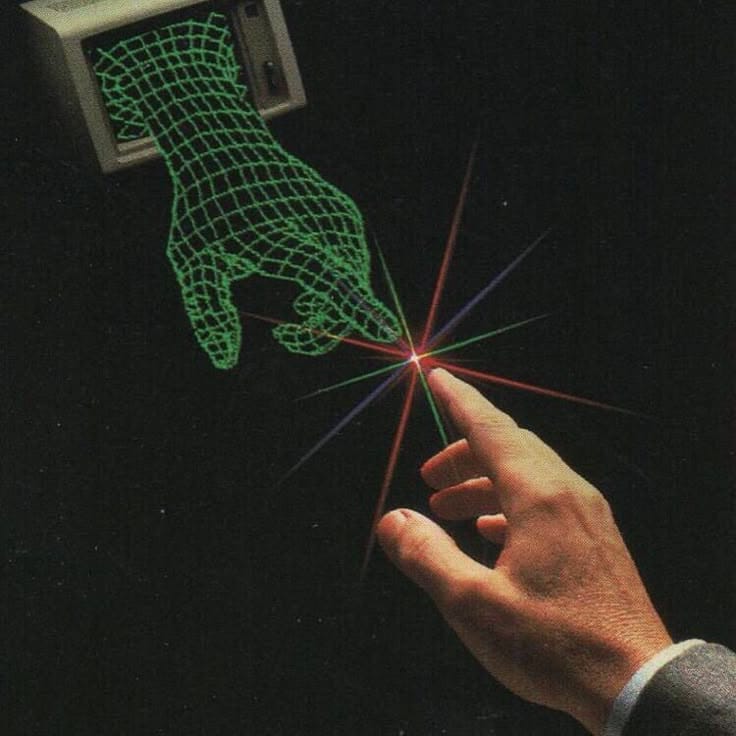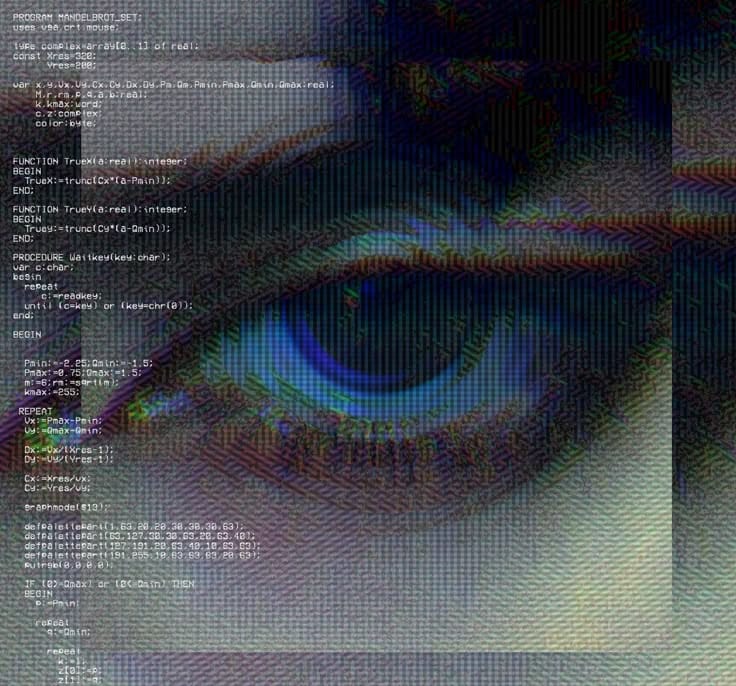Automation Nation

The rise of one-person powerhouses, companies beyond solopreneurs and personal brands
It’s easy to miss the quiet revolutions; they don’t arrive with noise. They hum beneath it.
Somewhere between late-night cronjobs and silent Zapier chains, a new kind of enterprise has emerged: the single human surrounded by systems. These are the one-person powerhouses- not freelancers, not solopreneurs, but operators who have learned to extend their reach through loops of logic and layers of light.
The world, increasingly, runs on invisible hands.
Workflows click and pass data through unseen corridors. A single maker can orchestrate operations once reserved for entire teams — using Make.com for content flows, ClickUp for order, Manychat for presence, Zapier for motion.
Automation has grown so complete that scale is no longer proof of size, but of design.
And yet, all this machinery points back to a quiet principle: systems only serve when they remember their maker.
The Semi-Automated Edge
Most people assume automation replaces the human. The truth is subtler. It reshapes the human’s role. We are moving toward what I call Interdependent Semi-Automation, workflows that balance precision with intuition.
Here, code takes the weight of repetition, while insight guides the flow. It’s not about removing ourselves from the loop, but building loops that respond to us.
In technical systems — like programmatic SEO or Python-fed content factories — the reward is scale. Quantity rules. The process is clean, efficient, repeatable. But it’s also hollow when it forgets that the purpose of creation is connection.
Fully automated outputs flood the web: videos stitched from Reddit, blog posts spun in seconds. They fill the air but rarely stay in memory. Machines can imitate rhythm; they cannot sustain resonance.
The counterweight is what I call data-conversant workflows; systems that listen, adapt, and evolve with our input. They don’t just execute; they converse.
Here, the human becomes a conductor, not a coder. Prompt becomes direction. Feedback becomes artistry.
The Human in the Loop
For all our progress, automation still bends toward one truth: no loop is complete without the human inside it.
A model can process, predict, and publish, but it cannot discern meaning. It cannot decide why something matters.
Every powerful system today has a point where someone pauses, looks, and decides. That pause is where integrity lives. The experts already know this. They speak of HITL (Human In The Loop) not as a limitation, but as design philosophy.
A feedback cycle that filters noise into narrative. An understanding that the most elegant workflows still require warmth to function. The better we automate, the more precious our judgment becomes.
Beyond Cookie-Cutter Creation
People have grown sensitive to artifice. They can tell when words were generated instead of felt. That’s why the next evolution isn’t full automation — it’s Interdependent Semi-Automated Generation (ISAG).
Systems that execute structure, while humans preserve story.
Imagine a workflow that generates daily fireworks displays, each one slightly different, guided by a few chosen variables: color, shape, rhythm. The machine performs the heavy lifting. But the spark of distinction, the moment that makes one sequence feel alive, still belongs to us.
Thirty seconds of human thought can change an entire pattern. The difference between automation and authorship is often that small.
ISAG isn’t a rebellion against technology. It’s a reconciliation. It reminds us that creativity lives best between boundaries. Automation is the frame; humanity is the art.
Toward the Human Touch Economy
As AI tools spread and scale becomes effortless, our value drifts elsewhere, toward discernment, empathy, taste. The future of creation isn’t about who can produce more, but who can make meaning within the flood.
These one-person systems are not the end of collaboration. They’re its evolution, where partnership happens between mind and mechanism.
We are shifting from the Creator Economy to the Human Touch Economy: a world where precision is powered by machines, and sincerity is powered by us.
The great advantage of automation is not freedom from work, but freedom within work; the ability to focus on what still requires heart, courage, and care.
Perhaps that’s what the one-person powerhouse truly represents: not isolation, but integration. A single person standing at the edge of immense systems, still capable of shaping them by hand.
It’s the oldest dream in a new form, to build something larger than ourselves, without losing ourselves inside it.
